|
|||||||
|
projects sound residencies itinerario festival 06 de(s)cant sound res lecce Evento Bordeaux 2011 Panic Cremona-Genoa bios past collaborations records fuel museums old small photos order fictcrit |
sound residencies
|
||||||
|
sound residencies in cities/museums/sounds of museums (scroll down to see all categories) sound residencies in cities description: most communities (settlements? aggregations?) seem to have traditions or historical underpinnings that have almost completely vanished from local collective memory. If they survive at all it is simply as vestiges, symbols or habits that are still familiar but no one can quite remember where they came from or what they represent. Idiomatic expressions, place names, foods prepared and eaten on special occasions, costumes, architectural decorations. In these projects our team stays in a city (or town, neighborhood, institution) and conducts a sound survey, recording the noses of the place and the voices of many different people. The procedure involves finding what is hidden or what has been forgotten and then trying to bring it back to the surface. Discussion, debate and enthusiasm are generated on a hyperlocal level. The recordings are edited to make a sound composition (which can become a CD and/or a concert, usually involving some local musicians). The discussion is put on a website that is updated daily during the residence. The site contains sound files (voices and places), written documentation (historical research) and photographic documentation of the process. past: Berlin Jazz Festival 2005 Hidden Tracks, Itinerario Festival 2006 Cesena Italy (click here to see full Cesena/Itinerario webpage). future: now being programmed, also in collaboration with the group Aidoru as extension of Itinerario Festival. costs and logistics: costs upon request. Logistics: the project team spends about a week in the city, possibly in two separate trips. team: Steve Piccolo and Gak Sato (recording, editing, composition, performance), Donata Clovis (recording, photography, video). sound residencies in museums (also see the "museums" section) description: visitors to museums today are becoming accustomed to many different forms of interaction, though most of these interactive strategies have rather condescending didactic overtones. Our idea is to try to use sound to create a virtuous circuit of visitor input and comment, taking advantage of the availability of digital technologies for recording sounds and making them circulate on the web, in pod-like things, cell phones and other gadgetry. We set up shop in a museum for a week or so, applying a variety of strategies to produce audio guides by visitors for visitors and other forms of sound interaction. At times this also means finding solutions to problems of acoustics in the physical space itself. past: Turchin Center for the Arts, Boone, North Carolina, April 2006. For a full description of this pilot project go here. The project evolved out of sound surveys conducted among museum visitors, using their preferences to prepare on-site concerts in which, to some extent, the visitors could be said to have taken part in the compositional process. These projects were done at Swiss Cultural Center Milan, Palazzo delle Papesse Contemporary Art Museum in Siena, and at the Bellinzona Castelgrande Museum of Archaeology. future: now being programmed. costs and logistics: costs upon request. Logistics: the project team visits the site on two or three separate occasions, including approximately one week of residency. For limited budgets, this can be reduced if the museum can provide staffers or volunteers, interns, etc. to carry on with the sound gathering process, gathering materials for remote editing. team: Steve Piccolo and Gak Sato (recording, editing, composition, performance), Donata Clovis (recording, photography, video). Also with creative and logistic support by Undo.Net. 
sounds of museums description: Sound is invading museums on many different fronts and represents perhaps the main challenge to the dominant museum model. Contemporary works use it in many different multimedious ways. But even more traditional art museums, not to mention museums of science, anthropology and other subjects, now contain all kinds of audio and audio-visual content. The main problem is that the people who make museums and the people who decide what is shown are seldom, to put it mildly, aurally inclined. This project began as a sort of paradox... I was interested in the different qualities of 'silence' in quiet places like art museums and galleries, the sound of unseen paintings. But as I began to record these sites I realized they aren't silent at all, and often this lack of silence is the result of simple oversights. Often nobody seems to have taken the time to think about the museum soundscape. Some initial examples can be heard here future: the plan is to continue on a more scientific level with this research, probably in collaboration with acoustics experts and aurally aware curators. The recordings are edited into sound documents that also attempt to be something like artworks in their own right. Contributions of field recordings are welcome, as long as the quality is good (at least 44khz 16-bit). |
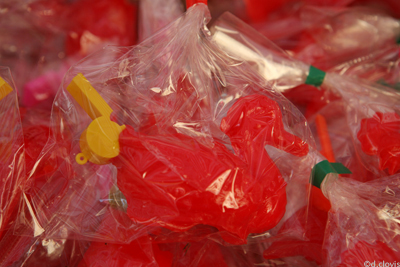 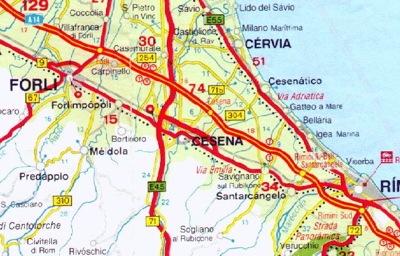 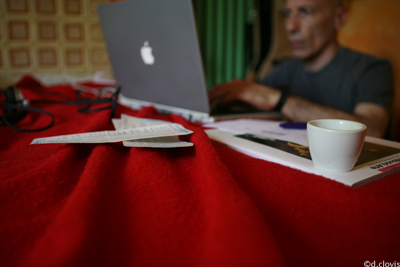 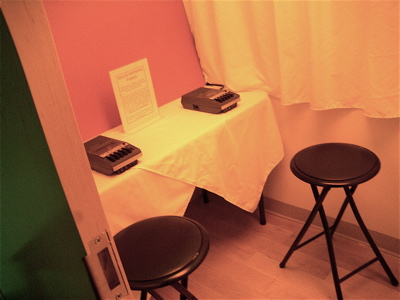 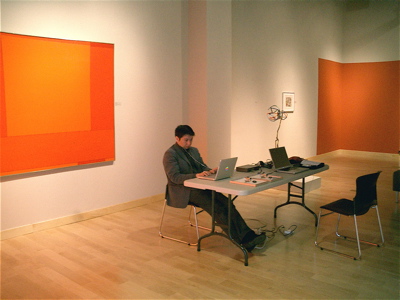 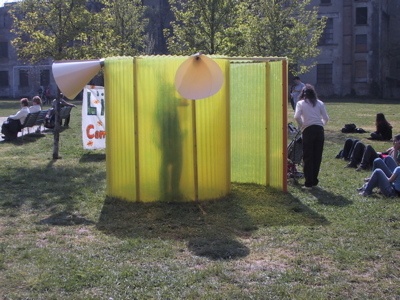 |
||||||
